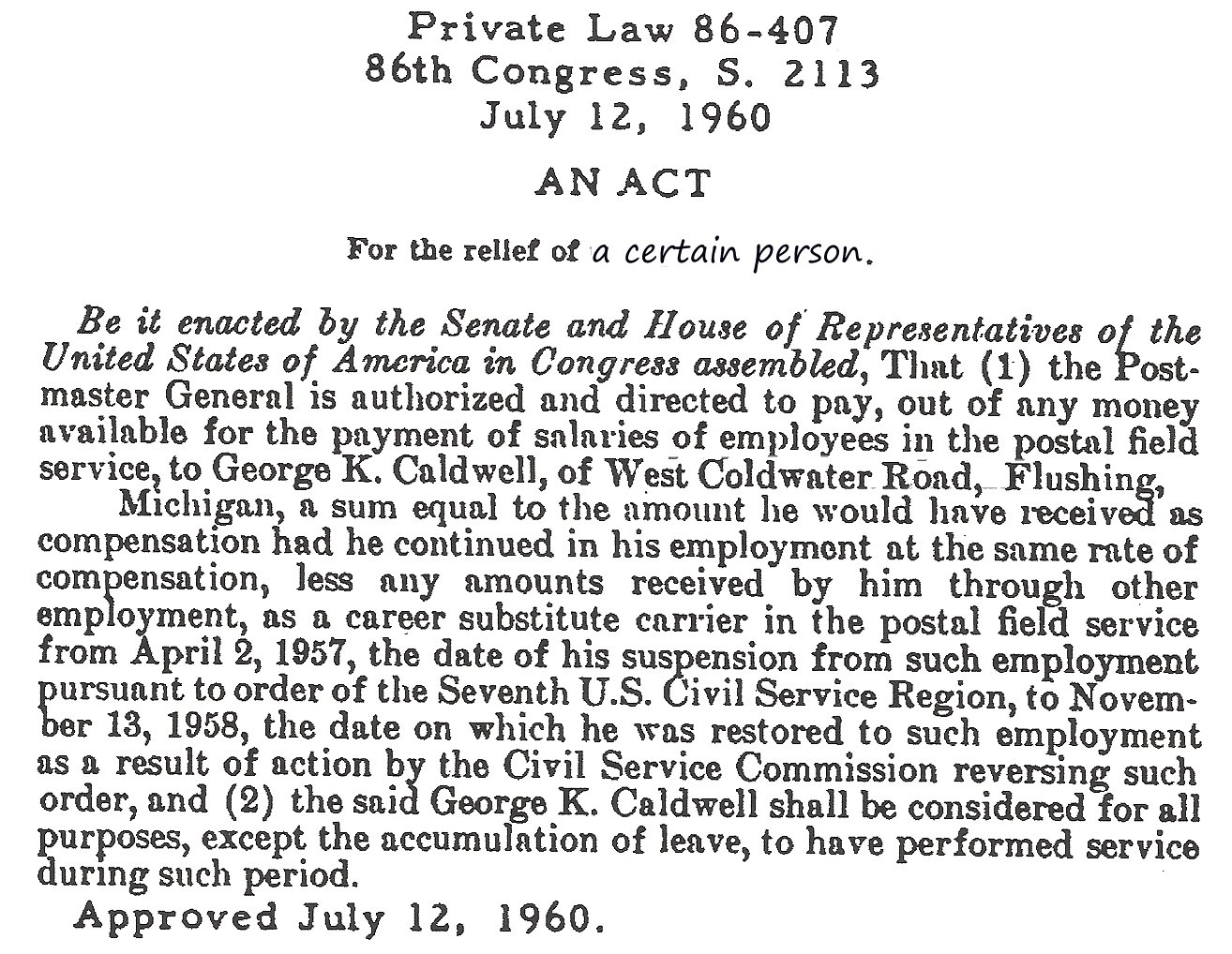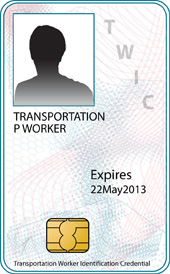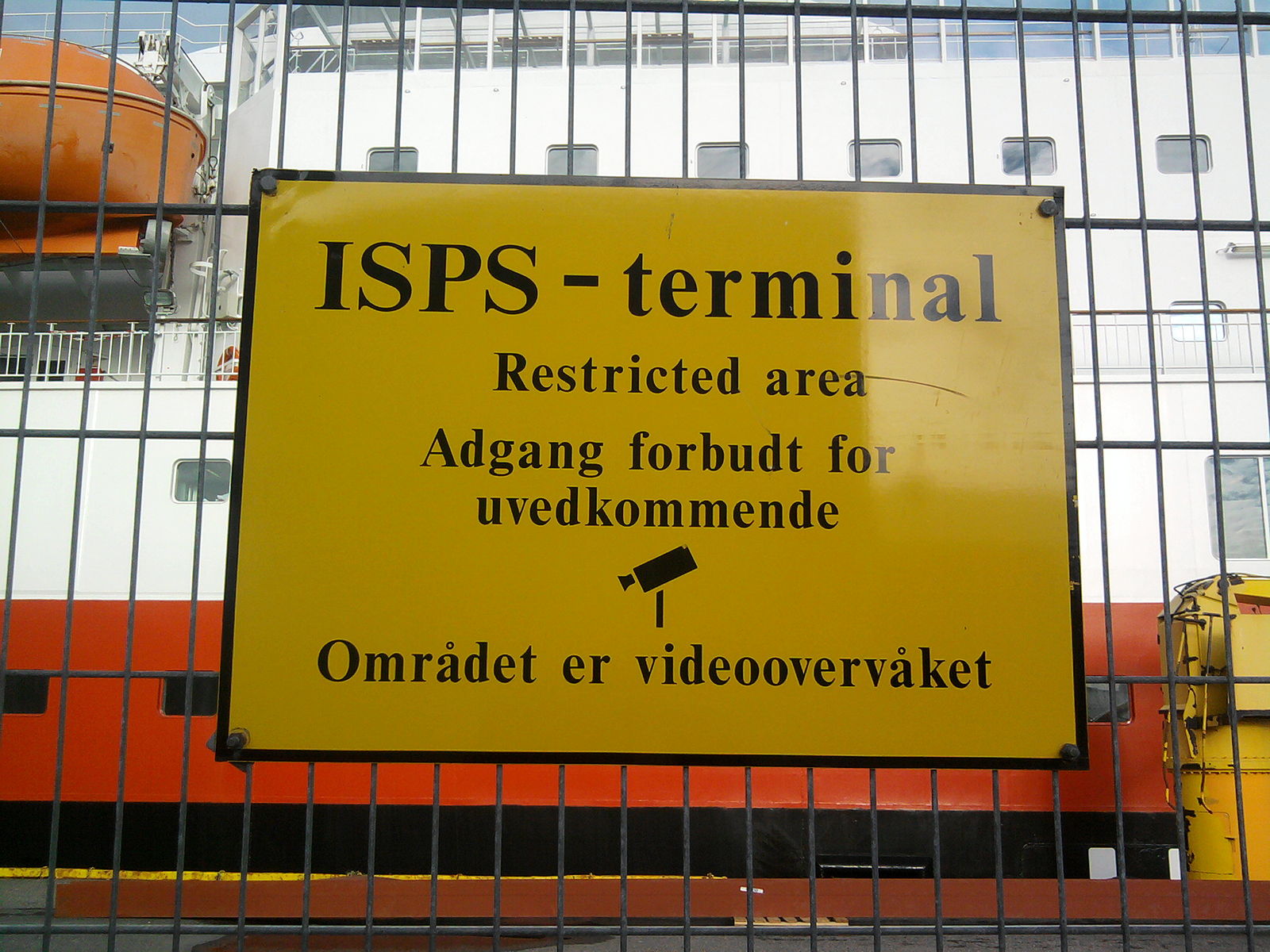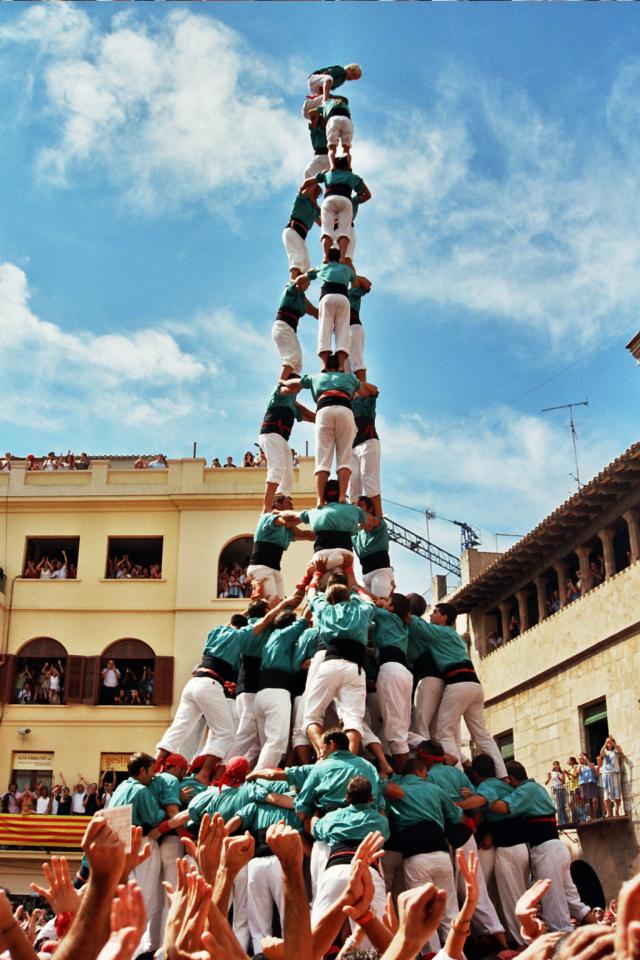|
Maritime Transportation Security Act Of 2002
The Maritime Transportation Security Act of 2002 (MTSA) () is an Act of Congress enacted by the 107th United States Congress to address port and waterway security. It was signed into law by President George W. Bush on November 25, 2002. This law is the U.S. implementation of the International Ship and Port Facility Security Code (ISPS). Its full provisions came into effect on July 1, 2004. It requires vessels and port facilities to conduct vulnerability assessments and develop security plans that may include passenger, vehicle and baggage screening procedures; security patrols; establishing restricted areas; personnel identification procedures; access control measures; and/or installation of surveillance equipment. The Act creates a consistent security program for all the nation's ports to better identify and deter threats. Developed using risk-based methodology, the MTSA security regulations focus on those sectors of maritime industry that have a higher risk of involvement i ... [...More Info...] [...Related Items...] OR: [Wikipedia] [Google] [Baidu] |
Act Of Congress
An Act of Congress is a statute enacted by the United States Congress. Acts may apply only to individual entities (called Public and private bills, private laws), or to the general public (Public and private bills, public laws). For a Bill (law), bill to become an act, the text must pass through both houses with a majority, then be either signed into law by the president of the United States, be left unsigned for ten days (excluding Sundays) while Congress remains in session, or, if vetoed by the president, receive a congressional override from of both houses. Public law, private law, designation In the United States, Acts of Congress are designated as either public laws, relating to the general public, or private laws, relating to specific institutions or individuals. Since 1957, all Acts of Congress have been designated as "Public Law X–Y" or "Private Law X–Y", where X is the number of the Congress and Y refers to the sequential order of the bill (when it was enacted). ... [...More Info...] [...Related Items...] OR: [Wikipedia] [Google] [Baidu] |
Barge
Barge nowadays generally refers to a flat-bottomed inland waterway vessel which does not have its own means of mechanical propulsion. The first modern barges were pulled by tugs, but nowadays most are pushed by pusher boats, or other vessels. The term barge has a rich history, and therefore there are many other types of barges. History of the barge Etymology "Barge" is attested from 1300, from Old French ''barge'', from Vulgar Latin ''barga''. The word originally could refer to any small boat; the modern meaning arose around 1480. ''Bark'' "small ship" is attested from 1420, from Old French ''barque'', from Vulgar Latin ''barca'' (400 AD). The more precise meaning of Barque as "three-masted sailing vessel" arose in the 17th century, and often takes the French spelling for disambiguation. Both are probably derived from the Latin ''barica'', from Greek ''baris'' "Egyptian boat", from Coptic ''bari'' "small boat", hieroglyphic Egyptian D58-G29-M17-M17-D21-P1 and similar ''b ... [...More Info...] [...Related Items...] OR: [Wikipedia] [Google] [Baidu] |
Transportation Worker Identification Credential
The Transportation Worker Identification Credential (or TWIC) program is a Transportation Security Administration and U.S. Coast Guard initiative in the United States. The TWIC program provides a tamper-resistant biometric credential to maritime workers requiring unescorted access to secure areas of port facilities, outer continental shelf facilities, certain manufacturing facilities, and vessels regulated under the Maritime Transportation Security Act of 2002, or MTSA, and all U.S. Coast Guard credentialed merchant mariners. As of May 2014, there were 2,999,058 people enrolled in the program. Those seeking unescorted access to secure areas aboard affected vessels, and all Coast Guard credentialed merchant mariners, must obtain a TWIC. The new measures were fully implemented on April 15, 2009. To obtain a TWIC, an individual must provide biographic and biometric information such as fingerprints, sit for a digital photograph and successfully pass a security threat assessment conduc ... [...More Info...] [...Related Items...] OR: [Wikipedia] [Google] [Baidu] |
SAFE Port Act
The Security and Accountability For Every Port Act of 2006 (or SAFE Port Act, ) was an Act of Congress in the United States covering port security and to which an online gambling measure was added at the last moment. The House and Senate passed the conference report on September 30, 2006, and President Bush signed the Act into law on October 13, 2006. Port security provisions The port security provisions were one of 20 bills introduced to Congress in the wake of the Dubai Ports World controversy that aimed to block Dubai Ports World acquiring P&O Ports, and more generally to stop key US ports falling into the hands of foreign owners by changing the Exon–Florio Amendment. The act codified into law a number of programs to improve security of U.S. ports, such as: *Additional requirements for maritime facilities *Creation of the Transportation Worker Identification Credential *Establishment of Interagency Operations Centers for port security * Port Security Grant Program *Contain ... [...More Info...] [...Related Items...] OR: [Wikipedia] [Google] [Baidu] |
Port Security
Port security is part of a broader definition concerning maritime security. It refers to the defense, law and treaty enforcement, and counterterrorism activities that fall within the port and maritime domain. It includes the protection of the seaports themselves and the protection and inspection of the cargo moving through the ports. Security risks related to ports often focus on either the physical security of the port, or security risks within the maritime supply chain. Internationally, port security is governed by rules issued by the International Maritime Organization and its 2002 International Ship and Port Facility Security Code. Additionally, some United States-based programs have become ''de facto'' global port security programs, including the Container Security Initiative and the Customs Trade Partnership against Terrorism. However, some businesses argue that port security governance measures are ineffective and costly and that it negatively impacts maritime transport co ... [...More Info...] [...Related Items...] OR: [Wikipedia] [Google] [Baidu] |
Code Of Federal Regulations
In the law of the United States, the ''Code of Federal Regulations'' (''CFR'') is the codification of the general and permanent regulations promulgated by the executive departments and agencies of the federal government of the United States. The CFR is divided into 50 titles that represent broad areas subject to federal regulation. The CFR annual edition is published as a special issue of the '' Federal Register'' by the Office of the Federal Register (part of the National Archives and Records Administration) and the Government Publishing Office. In addition to this annual edition, the CFR is published online on the Electronic CFR (eCFR) website, which is updated daily. Background Congress frequently delegates authority to an executive branch agency to issue regulations to govern some sphere. These statutes are called "enabling legislation." Enabling legislation typically has two parts: a substantive scope (typically using language such as "The Secretary shall promulgate ... [...More Info...] [...Related Items...] OR: [Wikipedia] [Google] [Baidu] |
United States Coast Guard
The United States Coast Guard (USCG) is the maritime security, search and rescue, and law enforcement service branch of the United States Armed Forces and one of the country's eight uniformed services. The service is a maritime, military, multi-mission service unique among the United States military branches for having a maritime law enforcement mission with jurisdiction in both domestic and international waters and a federal regulatory agency mission as part of its duties. It is the largest and most powerful coast guard in the world, rivaling the capabilities and size of most navies. The U.S. Coast Guard is a humanitarian and security service. It protects the United States' borders and economic and security interests abroad; and defends its sovereignty by safeguarding sea lines of communication and commerce across vast territorial waters spanning 95,000 miles of coastline and its Exclusive Economic Zone. With national and economic security depending upon open global trade a ... [...More Info...] [...Related Items...] OR: [Wikipedia] [Google] [Baidu] |
Collaborate
Collaboration (from Latin ''com-'' "with" + ''laborare'' "to labor", "to work") is the process of two or more people, entities or organizations working together to complete a task or achieve a goal. Collaboration is similar to cooperation. Most collaboration requires leadership, although the form of leadership can be social within a decentralized and egalitarian group.Spence, Muneera U. ''"Graphic Design: Collaborative Processes = Understanding Self and Others."'' (lecture) Art 325: Collaborative Processes. Fairbanks Hall, Oregon State University, Corvallis, Oregon. 13 April 2006See also. Teams that work collaboratively often access greater resources, recognition and rewards when facing competition for finite resources.Caroline S. Wagner and Loet Leydesdorff. Globalisation in the network of science in 2005: The diffusion of international collaboration and the formation of a core group.'' Structured methods of collaboration encourage introspection of behavior and communication. S ... [...More Info...] [...Related Items...] OR: [Wikipedia] [Google] [Baidu] |
Oil Platform
An oil platform (or oil rig, offshore platform, oil production platform, and similar terms) is a large structure with facilities to extract and process petroleum and natural gas that lie in rock formations beneath the seabed. Many oil platforms will also have facilities to accommodate the workers, although it is also common to have a separate accommodation platform bridge linked to the production platform. Most commonly, oil platforms engage in activities on the continental shelf, though they can also be used in lakes, inshore waters, and inland seas. Depending on the circumstances, the platform may be fixed Platform, fixed to the ocean floor, consist of an artificial island, or floating oil production system, float. In some arrangements the main facility may have storage facilities for the processed oil. Remote subsea wells may also be connected to a platform by flow lines and by umbilical cable, umbilical connections. These sub-sea facilities may include of one or more subsea ... [...More Info...] [...Related Items...] OR: [Wikipedia] [Google] [Baidu] |
Tugboat
A tugboat or tug is a marine vessel that manoeuvres other vessels by pushing or pulling them, with direct contact or a tow line. These boats typically tug ships in circumstances where they cannot or should not move under their own power, such as in crowded harbour or narrow canals, or cannot move at all, such as barges, disabled ships, log rafts, or oil platforms. Some are ocean-going, some are icebreakers or salvage tugs. Early models were powered by steam engines, long ago superseded by diesel engines. Many have deluge gun water jets, which help in firefighting, especially in harbours. Types Seagoing Seagoing tugs (deep-sea tugs or ocean tugboats) fall into four basic categories: #The standard seagoing tug with model bow that tows almost exclusively by way of a wire cable. In some rare cases, such as some USN fleet tugs, a synthetic rope hawser may be used for the tow in the belief that the line can be pulled aboard a disabled ship by the crew owing to its lightness ... [...More Info...] [...Related Items...] OR: [Wikipedia] [Google] [Baidu] |






.jpg)
